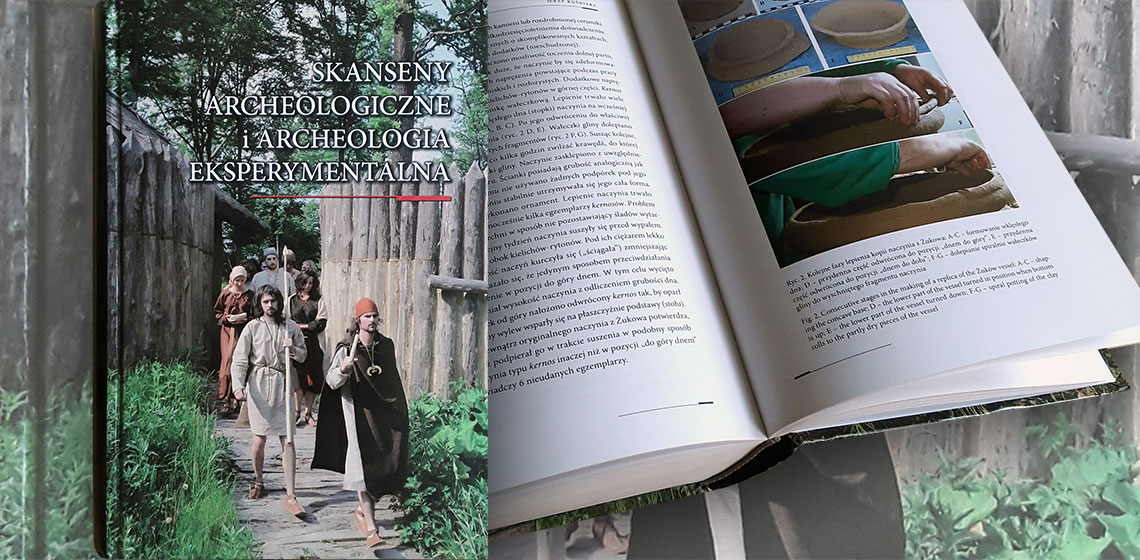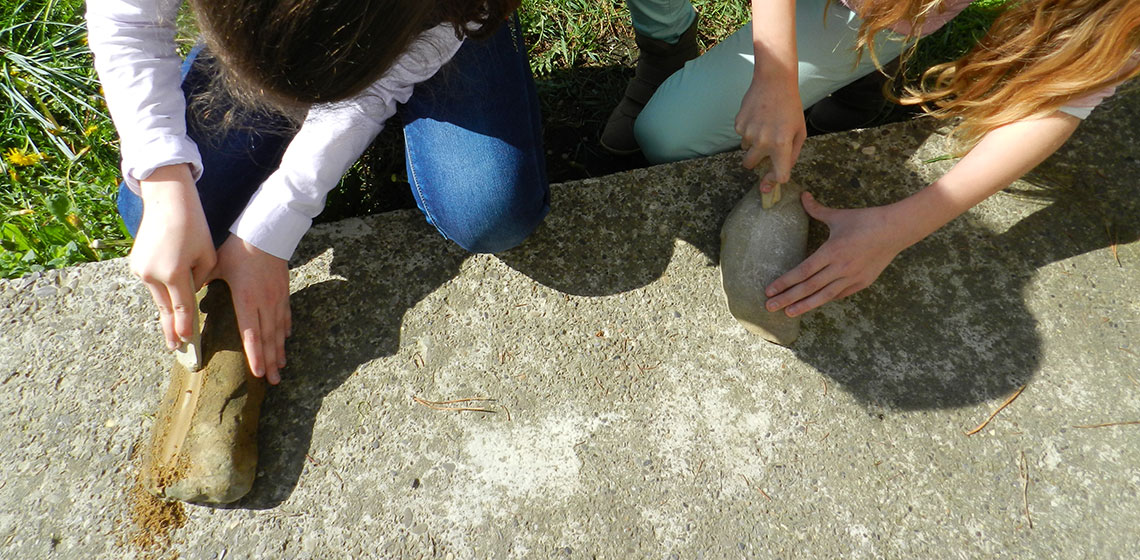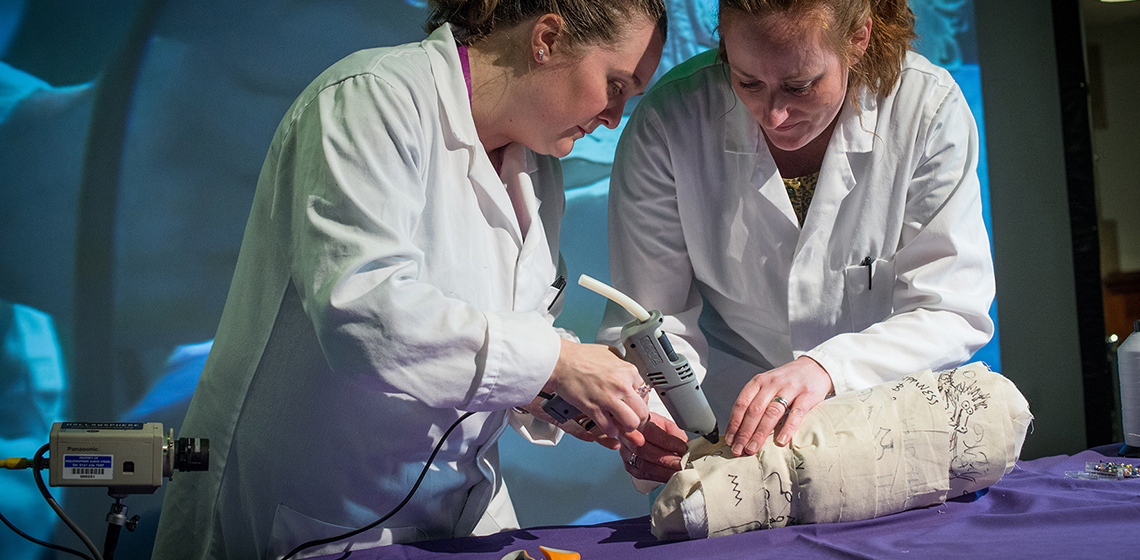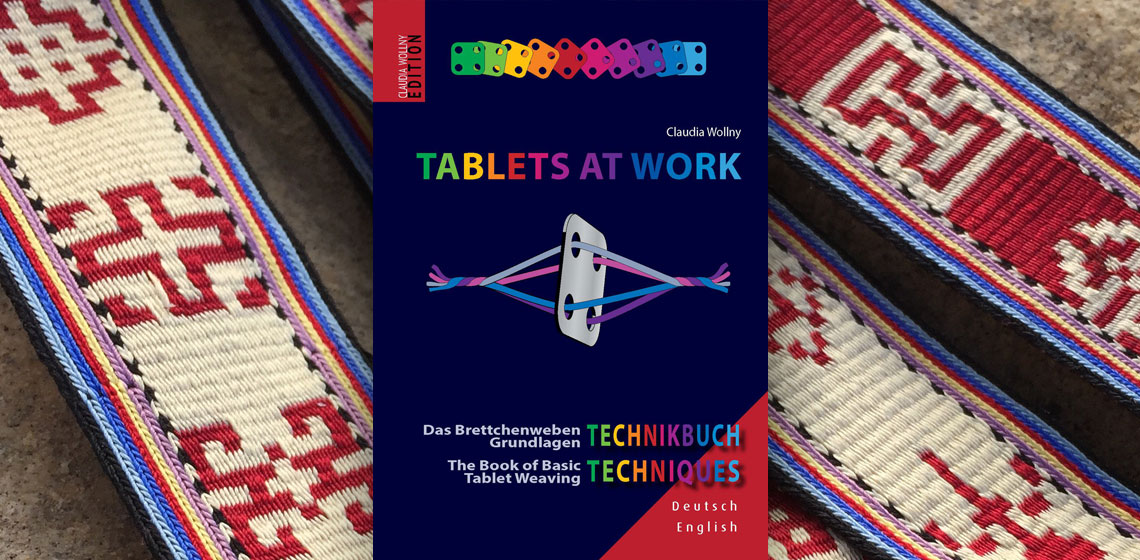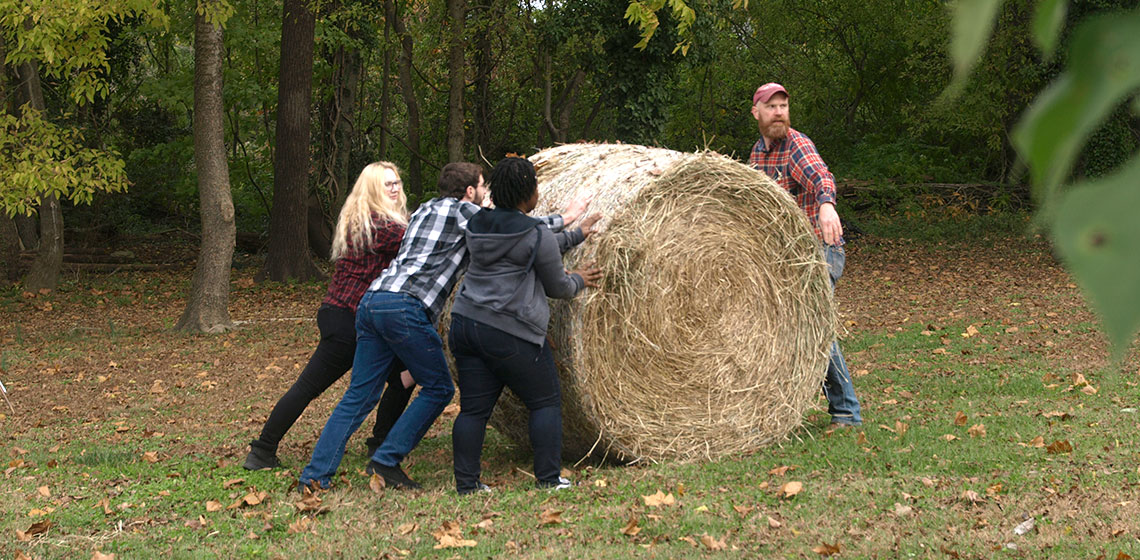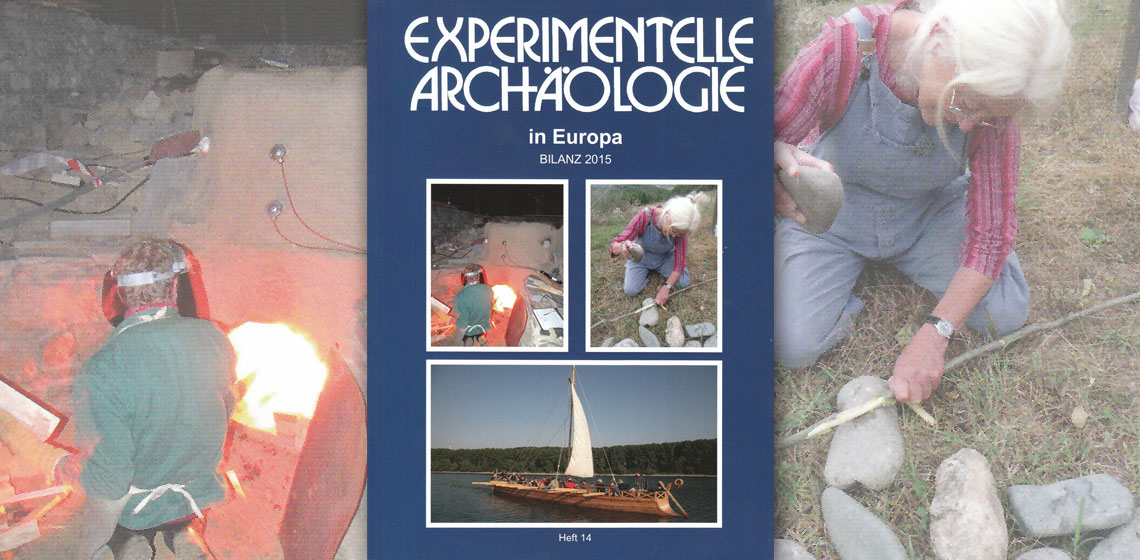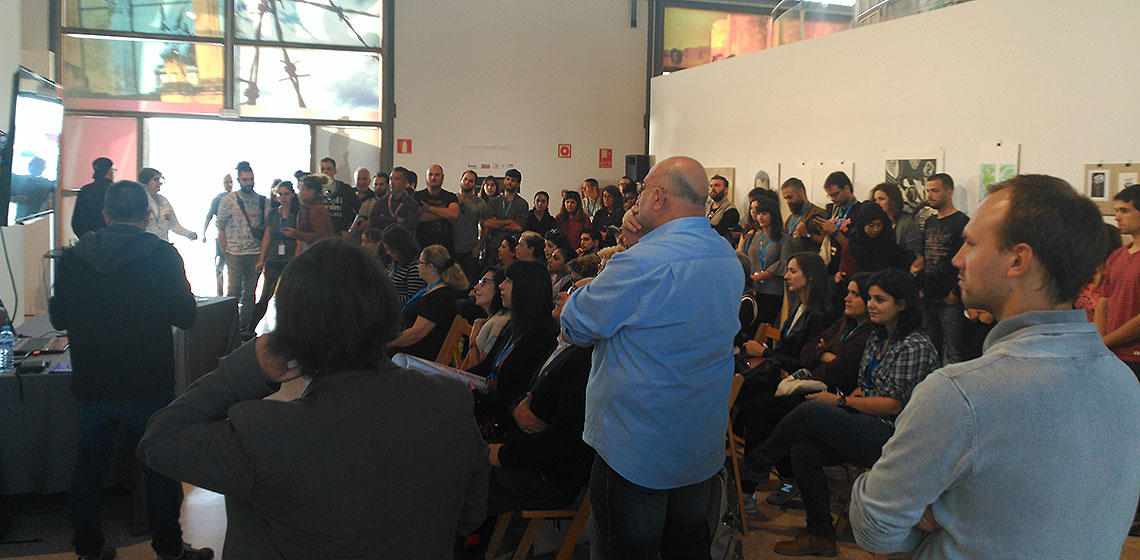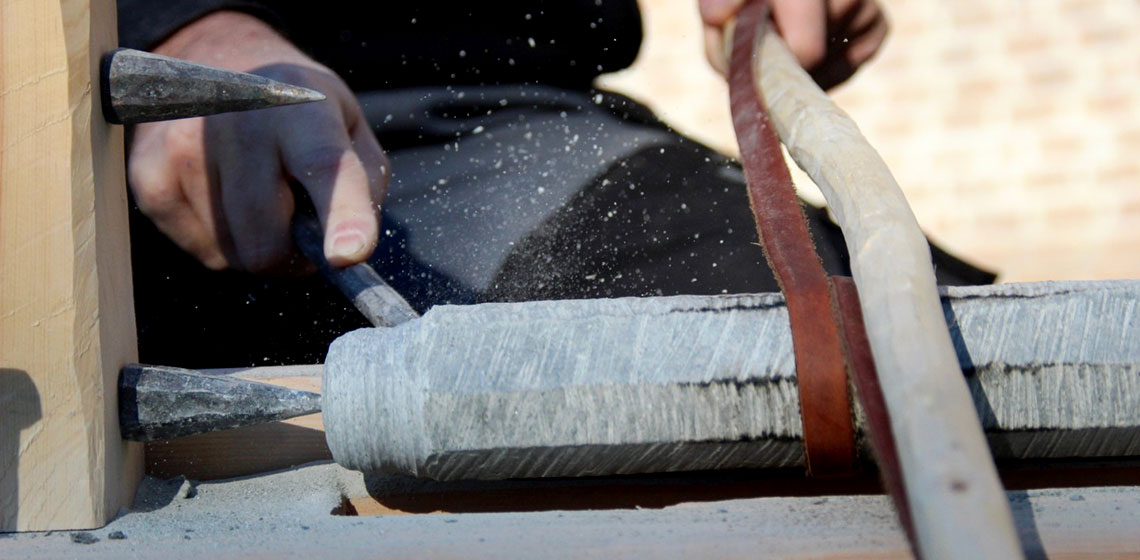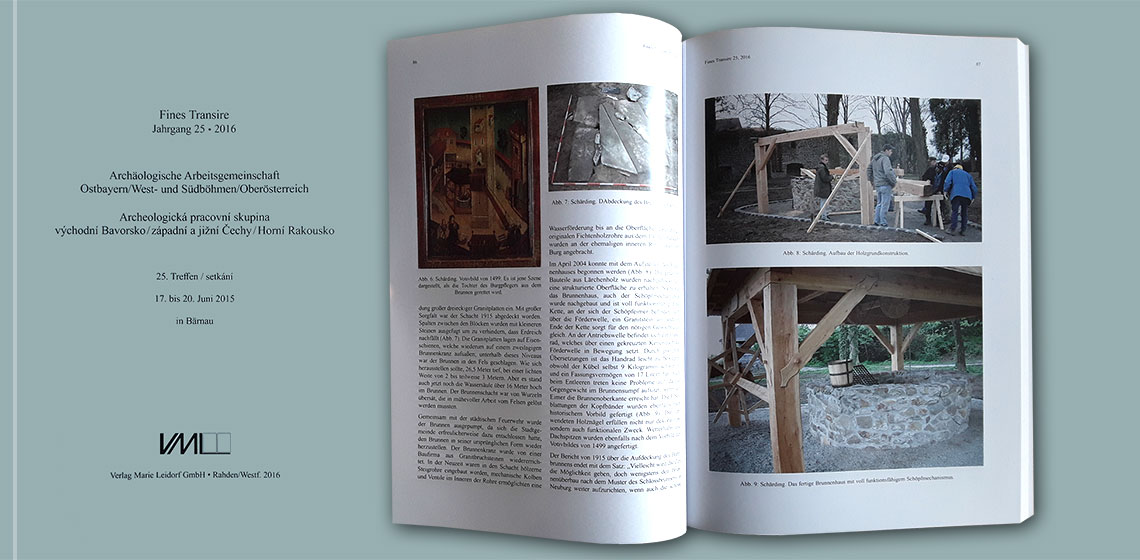Chalcolithic
Book Review: Skanseny Archeologiczne i Archeologia Eksperymentalna by Jan Gancarski
Publication Date
The book Skanseny Archeologiczne i Archeologia Eksperymentalna published by the Podkarpackie Muzeum in 2012 brings up the subject of open-air museums, opportunities and disadvantages of the promotion of cultural tourism and experimental archaeology mainly in Poland but also in Slovakia. Articles presented in this book were prepared for two different conferences organised by this museum...
Beyond School - Workshops in Experimental Archaeology at the Museum (Romania)
Publication Date
Experimental archaeology, as an educational means, has become a particularly useful practice in museum institutions in Romania, although there is no tradition in this field. Here, we present activities of the History and Ethnography Museum in Târgu Neamţ, where several experimental archaeology workshops were organised for pupils aged between 9 and 12 years. Participants were introduced to the prehistoric technologies...
‘Re-rolling’ a Mummy: an Experimental Spectacle at Manchester Museum
Publication Date
10th EAC Leiden 2017
***Ancient Egyptian animal mummies and votive statuettes were often wrapped in linen, concealing the contents and conferring sanctity to the remains. Mummy autopsies were commonplace in 19th century Europe, when ancient mummified bodies were unwrapped to reveal what lay beneath the linen bandages. Similarly, votive statuettes were often unwrapped upon discovery, either by...
***Ancient Egyptian animal mummies and votive statuettes were often wrapped in linen, concealing the contents and conferring sanctity to the remains. Mummy autopsies were commonplace in 19th century Europe, when ancient mummified bodies were unwrapped to reveal what lay beneath the linen bandages. Similarly, votive statuettes were often unwrapped upon discovery, either by...
The Forgotten Movement – A (Re)construction of Prehistoric Dances
Publication Date
10th EAC Leiden 2017
***Dancing has always been and still is an integral part of the lives of individuals and communities around the world, and it forms part of the cultural identity of all traditional societies. Unlike the arguably small role it has in modern urban societies, dance had much greater role in the lives of individuals and communities of ancient and recent past (Maletić, 1986, pp.14, 41), as well as it still has in many of contemporary tribal communities...
***Dancing has always been and still is an integral part of the lives of individuals and communities around the world, and it forms part of the cultural identity of all traditional societies. Unlike the arguably small role it has in modern urban societies, dance had much greater role in the lives of individuals and communities of ancient and recent past (Maletić, 1986, pp.14, 41), as well as it still has in many of contemporary tribal communities...
Book Review: Tablets at Work by Claudia Wollny
Publication Date
This 700-plus page book is dedicated to the exploring the basics of tablet weaving. This book will not only allow the reader to understand the step-by-step methods for different tablet weaving techniques but also describes the process behind creating one’s own pattern...
Conference Review: Reconstructive & Experimental Archaeology Conference REARC 2017
Publication Date
REARC Conferences
***There was something for everyone at the 2017 Reconstructive and Experimental Archaeology Conference, as it represented many aspects of experimental archaeology. The conference took place between the 16th and 19th of November, 2017, at Colonial Williamsburg in Williamsburg, Virginia. Although it was a small conference...
***There was something for everyone at the 2017 Reconstructive and Experimental Archaeology Conference, as it represented many aspects of experimental archaeology. The conference took place between the 16th and 19th of November, 2017, at Colonial Williamsburg in Williamsburg, Virginia. Although it was a small conference...
Book Review: Experimentelle Archäologie in Europa, Bilanz 2015
Publication Date
Annual Proceedings of the EXAR Tagung
***Volume number 14 of the periodical “Experimentelle Archäologie in Europa: Bilanz 2015” represents the proceedings of the 11th meeting of EXAR held in cooperation with the Labor für Experimentelle Archäologie (LEA), a branch of the Römisch-Germanischen-Zentralmuseums in Mainz (RGZM)...
***Volume number 14 of the periodical “Experimentelle Archäologie in Europa: Bilanz 2015” represents the proceedings of the 11th meeting of EXAR held in cooperation with the Labor für Experimentelle Archäologie (LEA), a branch of the Römisch-Germanischen-Zentralmuseums in Mainz (RGZM)...
Conference Review: Fifth International Congress of Experimental Archaeology, Tarragona (Spain), October 2017
Publication Date
Experimental archaeology is an important methodological resource for academic and historical scientific research, not separated from the rest of archaeological and historical sciences, and usually used to interpret the formation of the archaeological record and past human behaviour. Moreover, experimental archaeology has a great significance as part of archaeological diffusion, historical reconstructions, and education...
Conference Review: Norwegian Forum for Experimental Archaeology 2017
Publication Date
The Norwegian Forum for Experimental Archaeology (NFEA) is a yearly seminar aimed at presenting and popularising experimental research within archaeology. It has been held since 2011 at the Veien Cultural Hertage Park, and as the name implies, it is a gathering of Norwegian archaeologists, held and presented in Norwegian.
In 2017, things were done a bit differently...
Book Review: Proceedings of the 25th Meeting of Archaeologists from Germany, the Czech Republic and Austria
Publication Date
On the 17th – 20th June 2015 40 participants of the 25th Archaeological working group East Bavaria/ West and south Bohemia/ Upper Austria, were hosted by the Upper Palatinate town Bärnau which lies on the border with the Czech Republic. The meeting took place in the conference hall of the Historic Park Bärnau-Tachov, a remarkable archaeological open-air museum which demonstrates...

